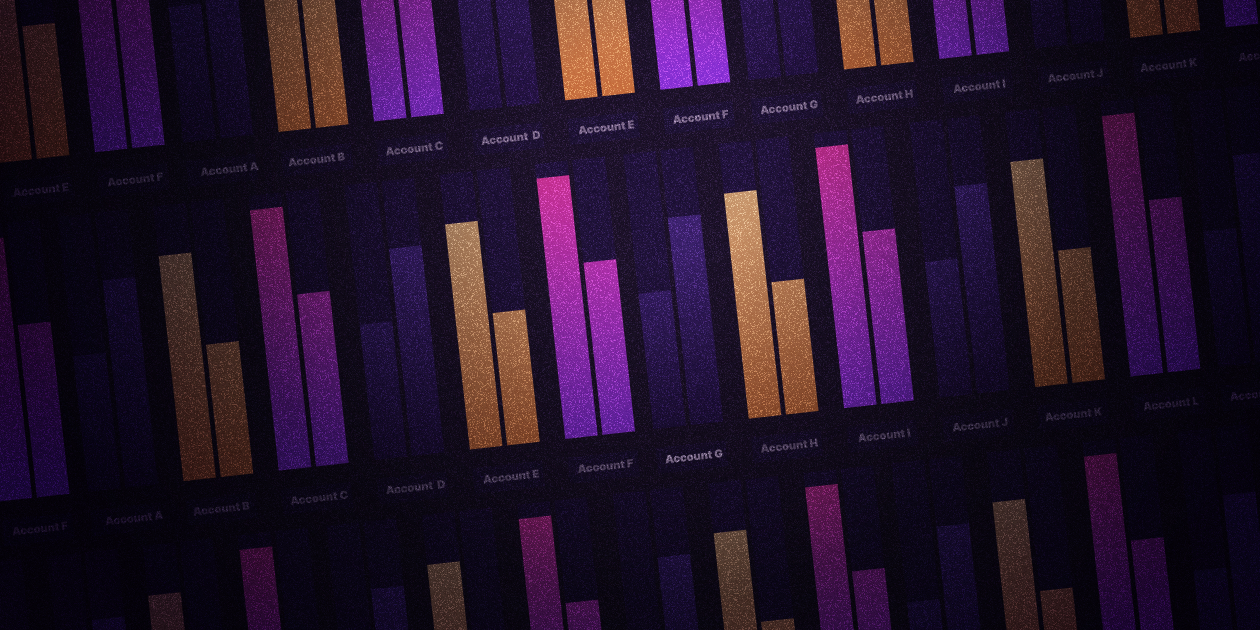
Revolutionizing Financial Software Development with Unified APIs: The Power of Standardized Data Structures
⚡ Welcome to our series exploring the ways in which unified APIs streamline access to financial data. This blog post is part of a four-part series that delves into how unified APIs standardize data structures, provide a single authentication method, facilitate uniform querying and filtering, and enable straightforward API management. We hope you find this series informative and engaging. If you have any feedback or suggestions, please don't hesitate to let us know.
The finance industry is rapidly evolving, with new technologies emerging at a faster pace than ever before. As financial software developers, we constantly strive to stay ahead of the curve and adapt to these changes. One area where this is particularly important is in the realm of application programming interfaces (APIs). With numerous financial data sources available, developers often find themselves grappling with disparate data formats and structures. However, unified APIs are now changing the game by delivering standardized data structures, making the lives of developers considerably easier. In this blog post, we will explore the advantages of unified APIs and their impact on financial software development.
The Challenge: Diverse Data Structures in Financial Software
Financial software developers often need to integrate various data sources to create comprehensive and accurate financial applications. These data sources, such as stock market data feeds, banking APIs, and trading platforms, tend to use different data structures and formats, making it difficult for developers to efficiently parse and transform this information.
This diversity not only increases the complexity of integrating different APIs but also demands that developers learn and handle multiple data structures. The result is a time-consuming and error-prone process that hampers productivity and increases the likelihood of bugs in the final software.
The Solution: Standardized Data Structures Through Unified APIs
Enter unified APIs. These APIs act as a bridge between diverse data sources and financial software applications, delivering data in consistent formats and structures. By implementing standardized data structures, unified APIs eliminate the need to parse and transform data from multiple sources. This simplifies the integration process and reduces the time and effort spent on learning and handling various data structures.
Key Benefits of Unified APIs for Financial Software Developers
Enhanced Efficiency and Productivity
By providing data in a consistent format, unified APIs enable developers to streamline the integration process. They no longer need to invest time and effort in learning and handling multiple data structures, allowing them to focus on building feature-rich, innovative financial applications. This results in increased efficiency and productivity, ultimately driving better outcomes for businesses and end-users alike.
Improved Code Maintainability and Scalability
Standardized data structures simplify the codebase by reducing the need for complex data transformations and parsing logic. This not only makes the code easier to understand and maintain but also enables seamless integration of new data sources in the future. With unified APIs, developers can build scalable financial applications that can easily adapt to the ever-evolving financial landscape.
Reduced Errors and Enhanced Reliability
One of the main challenges with integrating multiple data sources is ensuring data consistency and accuracy. The risk of errors increases with the complexity of the data transformation process. Unified APIs help mitigate this risk by delivering standardized data structures, simplifying data processing and reducing the likelihood of errors. This leads to more reliable financial applications that users can trust for accurate insights and informed decision-making.
Faster Time-to-Market
With the growing competition in the financial software market, the ability to develop and launch new applications quickly is crucial. By simplifying the integration process, unified APIs enable developers to build applications more rapidly and bring them to market faster. This can provide a significant competitive advantage, helping businesses to stay ahead of the curve and capitalize on emerging opportunities.
Future-Proofing Financial Applications
As the financial industry continues to evolve, new data sources and technologies will inevitably emerge. Unified APIs offer a future-proof solution by providing a flexible and scalable foundation for financial applications. With standardized data structures, developers can easily integrate new data sources and technologies as they become available, ensuring that their applications remain relevant and up-to-date in the rapidly changing financial landscape.
Conclusion
Unified APIs have emerged as a powerful solution for financial software developers, offering standardized data structures that simplify the integration process and drive a host of benefits. From enhanced efficiency and reduced errors to faster time-to-market and future-proofing applications, these APIs are revolutionizing the way developers approach financial software. As the finance industry continues to advance, it is imperative for developers to embrace these innovations. By leveraging unified APIs, financial software can remain agile, efficient, and relevant, ensuring that businesses and users alike are equipped with the most robust tools for success in our digital age.




